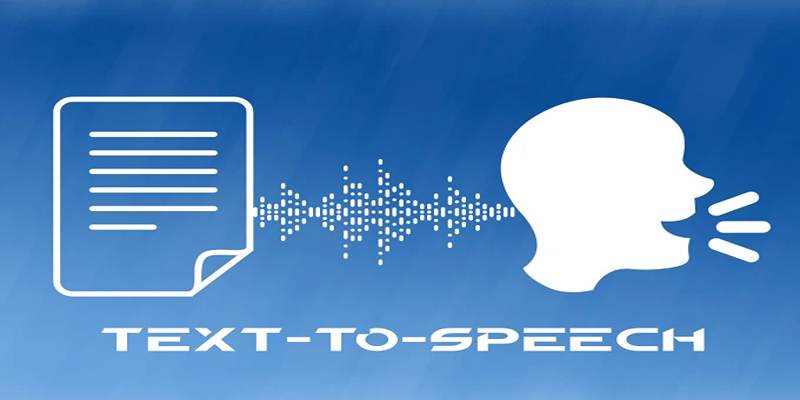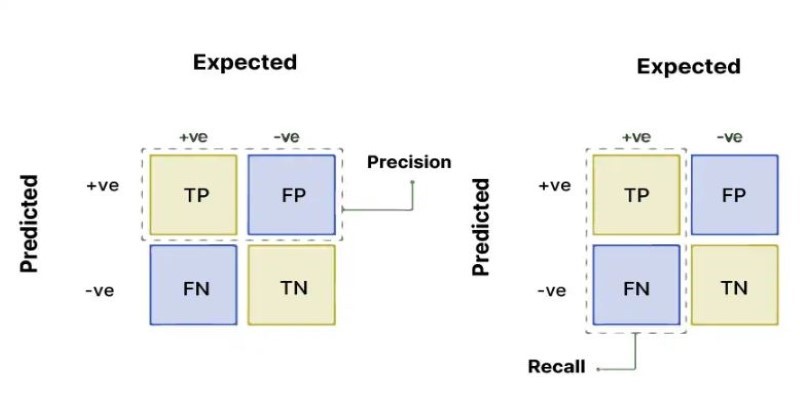Nowadays, smart home gadgets are becoming commonplace in our always-connected world. People use voice assistants to do everything from turning on the lights to setting alarms and changing the thermostat. The language barrier has become a problem as these gadgets become more popular around the world. Luckily, artificial intelligence (AI) can help with that.
AI is making it possible for voice assistants to understand and speak multiple languages. It makes smart homes more user-friendly and inclusive, especially in families and households where more than one language is spoken. This post will explore how AI is improving multilingual voice assistants and making smart homes smarter for everyone around the world.
What Are Multilingual Voice Assistants?
Multilingual voice assistants are smart AI-powered systems like Amazon Alexa, Google Assistant, or Apple’s Siri that can understand and respond in more than one language. These assistants can switch between languages, understand accents, and even learn user preferences over time.
For example, a user in a bilingual household might ask Alexa to play a song in English. At the same time, another family member gives a command in Spanish — and the assistant responds correctly in both cases.
How AI Makes Multilingual Voice Assistants Smarter
AI plays a major role in making multilingual voice assistants work smoothly. It uses several advanced technologies like machine learning, natural language processing (NLP), and neural networks.
Natural Language Processing (NLP)
NLP helps the assistant understand the meaning behind the words, even if they’re said in different ways or languages. It breaks down speech into smaller parts, such as words and phrases, and then figures out the intent.
Automatic Speech Recognition (ASR)
The assistant can hear what the person is saying and turn it into writing with ASR. AI trains this function to understand different languages, accents, and even regional dialects. AI helps cut down on mistakes in speech recognition, and regular use makes it more accurate.
Text-to-speech (TTS)

Once the assistant understands the command, it needs to respond clearly. TTS enables it to speak naturally in different languages, using correct pronunciation and tone. AI adjusts this output to match regional voice preferences.
Benefits of Multilingual Voice Assistants in Global Smart Homes
Smart homes around the world benefit from multilingual AI voice assistants in several ways:
- Increased Accessibility: People can interact in their preferred language, no matter where they live.
- Improved User Experience: Switching languages on the fly makes the experience more seamless for mixed-language households.
- Support for Tourists and Expats: Temporary residents or guests can use smart home devices in their language.
- Better Learning for Children: Kids can practice multiple languages at home through simple conversations with AI assistants.
- Reduced Misunderstanding: AI gets better at understanding commands with time, even with different accents or mixed languages.
Real-Life Use Cases of Multilingual Smart Homes
Smart homes powered by multilingual AI voice assistants are already making a difference in various parts of the world. In international cities like Dubai, New York, and Singapore, voice assistants are commonly used by diverse communities.
Some real-world examples include:
- Bilingual Homes: In countries like Canada or India, where multiple languages are spoken, families use AI assistants that can switch between English, French, Hindi, or other local languages.
- Smart Hospitality: Hotels and Airbnb rentals in tourist-heavy areas offer multilingual voice assistants that help guests control lighting air conditioning, or request services in their native language.
- Elderly Care: Older adults who are more comfortable speaking in their mother tongue benefit from smart assistants who understand regional languages, making their homes safer and easier to manage.
Challenges in Creating Multilingual Voice Assistants
While the progress is impressive, there are still some challenges AI developers face:
Accent and Dialect Recognition
Even within one language, accents and dialects can differ widely. For instance, English spoken in the UK sounds very different from American or Indian English. AI needs to learn all these variations, which requires massive amounts of training data. In simple terms, the assistant needs to understand not just the words but how those words are spoken.
Code-Switching
In many parts of the world, people mix two or more languages in a single sentence. For example, someone might say, “Turn on the fan, yaar.” The AI must be trained to understand this kind of mixed-language usage. Without proper training, the assistant may misunderstand commands or fail to respond at all.
Data Privacy

To become smarter, voice assistants collect and process large amounts of data. It raises privacy concerns, especially in multilingual systems where user preferences and language patterns are stored for better results. AI developers must ensure that this data is stored securely and used ethically to build trust among users.
How AI Is Evolving to Meet These Challenges
AI is evolving rapidly, and so are multilingual voice assistants. New updates and technologies are helping to overcome existing challenges.
Some of the latest advancements include:
- Voice Profiles: AI can now recognize different voices in the same household and switch languages accordingly.
- Localized Training Data: Voice assistants are being trained with language samples from specific regions, improving their ability to understand slang and local expressions.
- Edge AI Technology: Some devices now process voice commands locally, offering better privacy and faster responses.
- Feedback Learning: When users correct the assistant, the AI learns from these interactions and improves over time.
Conclusion
AI has made it possible for voice assistants to be more than just simple command-takers. In global smart homes, multilingual AI voice assistants bridge the gap between technology and people from different linguistic backgrounds. They help bring families closer, support communication, and make everyday life a little easier — no matter what language you speak. As the world becomes more connected, the demand for smarter, more inclusive voice assistants will only grow. And with AI leading the way, the possibilities are truly limitless.








